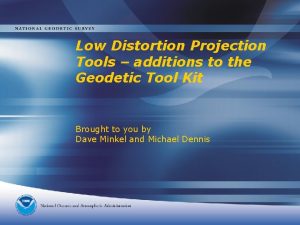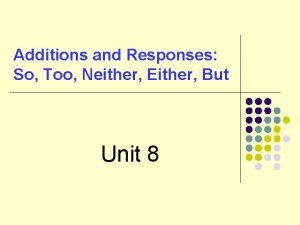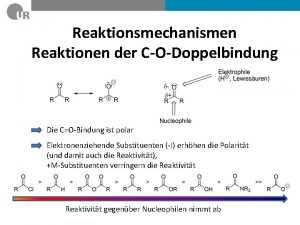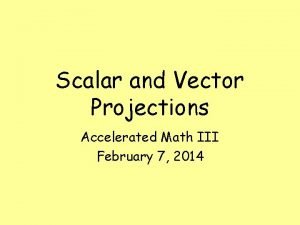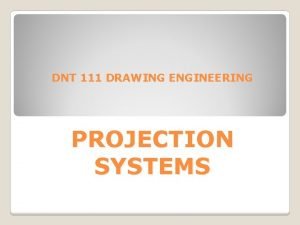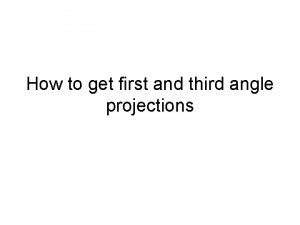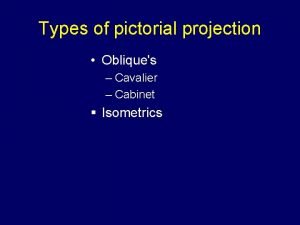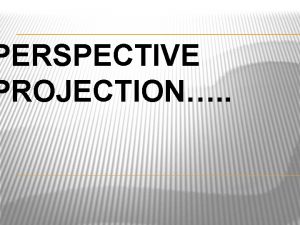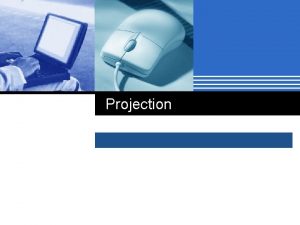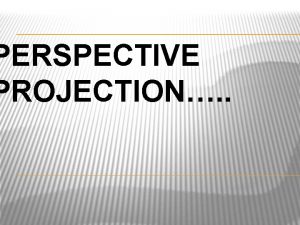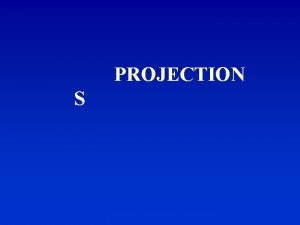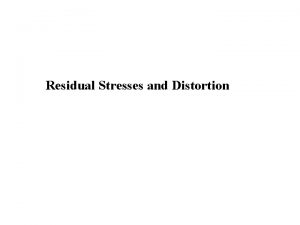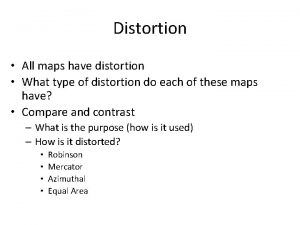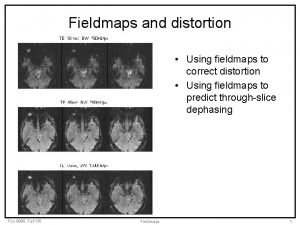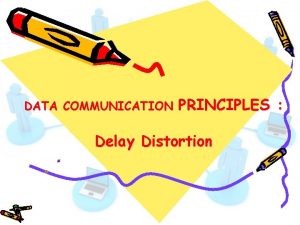Low Distortion Projection Tools additions to the Geodetic










- Slides: 10

Low Distortion Projection Tools – additions to the Geodetic Tool Kit Brought to you by Dave Minkel and Michael Dennis

Low Distortion Projections – what are we talking about? • A mapping projection that minimizes the difference between distances depicted in a GIS when compared to the real-world distances “at ground”. • “Standard” mapping projections are “at sea level” (ellipsoid), elevation increases the distortion – Flagstaff, AZ (ellipsoid ht ~ 7000 ft) • SPC Distortion = ~ 1: 2, 300 or -2. 3 ft per mile – Phoenix, AZ (ellipsoid ht ~ 1000 ft. ) • SPC Distortion = ~ 1: 6, 800 or -0. 8 ft per mile • “Standard” mapping projections usually do not have Central Meridian and Latitude origin near project, which increases distortion variability and convergence angle.

Cartoon: Distortion due to change in Earth curvature (1 of 2)

LDPs – Who wants them and why? • Engineers & Surveyors use them daily • The value of a GIS increases directly as a function of its accurate portrayal of items of interest – Local govt. GIS managers are realizing the benefits of incorporating as-builts and COGO – Better decision support from the GIS • There is virtually no “cost” to using them – “On-the-fly” reprojection is a reality • Standard Projections are not good enough for local GIS – UTM distortion is 1: 2, 500 (2. 1 ft per mile) – SPC distortion is 1: 10, 000 (0. 5 ft per mile) – But in both cases distortion at ground usually much greater

LDP Definition Tool 1. User specifies area of interest 2. LDP Tool: – Determines projection parameters – Utilizes USGS National Elevation Dataset and NGS Geoid Model to: • Determine a representative ellipsoid height • Generate a distortion contour plot – Displays distortion plot to user 3. User accepts, or modifies parameters and iterates 4. Upon completion: – a final graphic is provided along with metadata files – Offer to “register” the projection

Projection “Registry” • A single, national source for the projection parameters of participating local governments – Registration accomplished via • LDP Tool • Web page • Emergency Responders access the Registry through two means: – Subscription – push technology gives them instant updates – Web page – 24 hour, publicly accessible web site

So, Why is NGS doing this? Factoids (subject to debate, but not here and now): • The fundamental purpose of the NSRS is to support mapping. – SPC is not adequate for many applications • Use of known (registered), well-defined projections can encourage use of the NSRS rather than local control. – OPUS option for positions in LDP coordinates – Data sheets could include LDP coordinates

So, Why is NGS doing this? Factoids (subject to debate, but still not here and now): • The best mapping data for emergency responders is local data. – More current & more accurate • Local GIS will increasingly use LDPs for their data; it will become more difficult to use local data for emergency response without a coordinating activity.

So, Why is NGS doing this? • The projection provided is technically the “best” • The LDP tool encourages state and local government to utilize the NSRS as their GIS basis. – The projection is well documented, therefore, it is easy to go between NSRS and a local projection • The Projection Registry mitigates the negative effects of local projections (good and bad). – “Push” technology used to keep ER agencies (i. e. FEMA, DHS, etc. ) always up to date. – Web page(s) allows non-subscribers to access Registry information 24/7 • NGS gains VISIBILITY

Questions?
 Low distortion projection
Low distortion projection Low distortion projection
Low distortion projection Equal addition subtraction
Equal addition subtraction Responses with so and neither
Responses with so and neither Phenylanion
Phenylanion How do cnidarians move
How do cnidarians move Scalar projection vs vector projection
Scalar projection vs vector projection Simple isometric drawing
Simple isometric drawing 3rd angle orthographic projection
3rd angle orthographic projection Difference between 1st and 3rd angle projection
Difference between 1st and 3rd angle projection Cabinet and cavalier
Cabinet and cavalier
